Introduction

From time to time, TTArtisan creates unconventional but very interesting lenses not typically found in other lens manufacturers’ offerings. (e.g. the 100/2.8 bubble bokeh, or the 100mm 2x macro Tilt/Shift). This time they have come up with a telephoto lens. A light and compact full-frame mirror lens with an unconventional focal length of 250mm. On an APS-C camera it has an equialent focal length of 375mm, which touches the realm of super telephoto lenses. Let’s have a look!
I tested this lens on a Nikon Z 7II mirrorless camera, which has a 46Mp full-frame sensor. Sample images were taken in both FX (full-frame) and DX (APS-C) formats. Whenever the image was captured in DX format, I noted it in the caption.
Sample Images
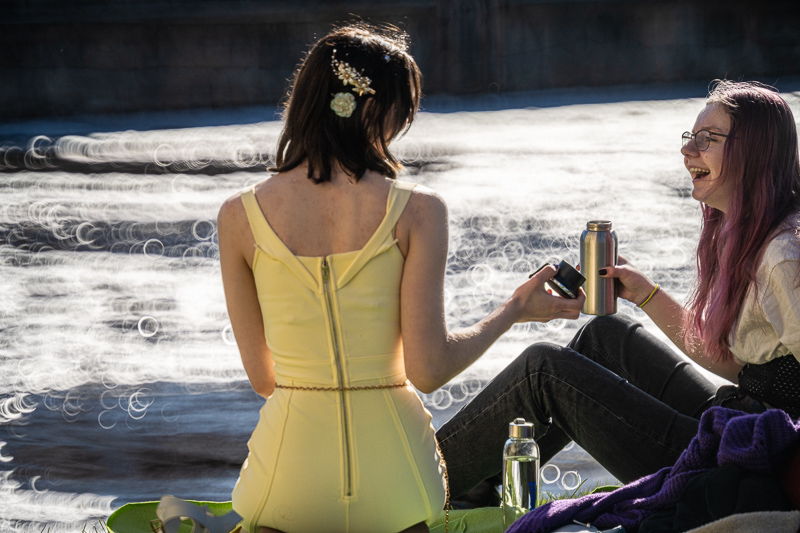

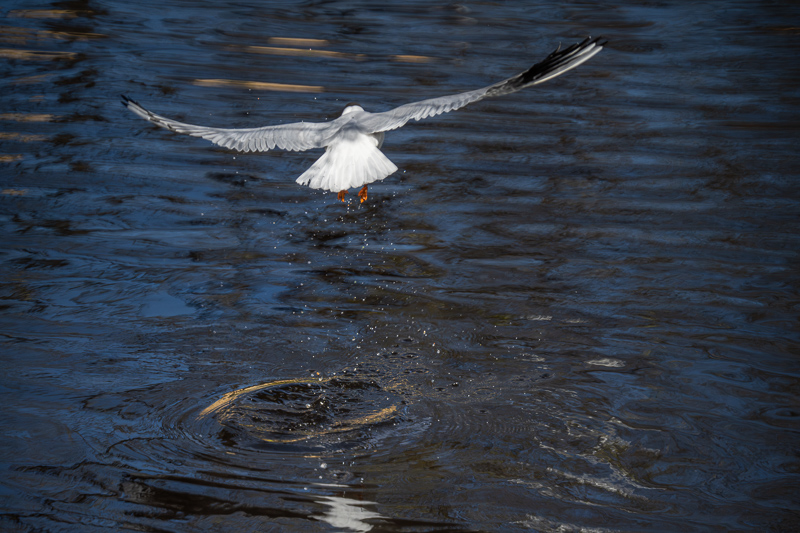
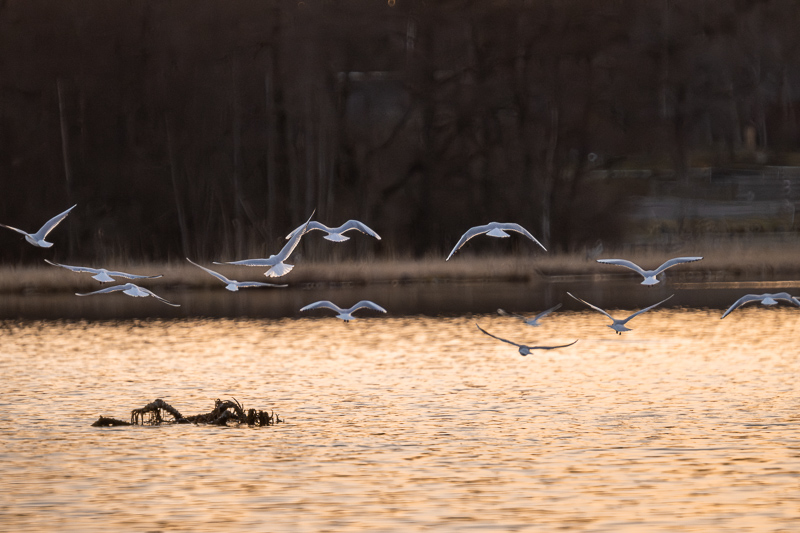
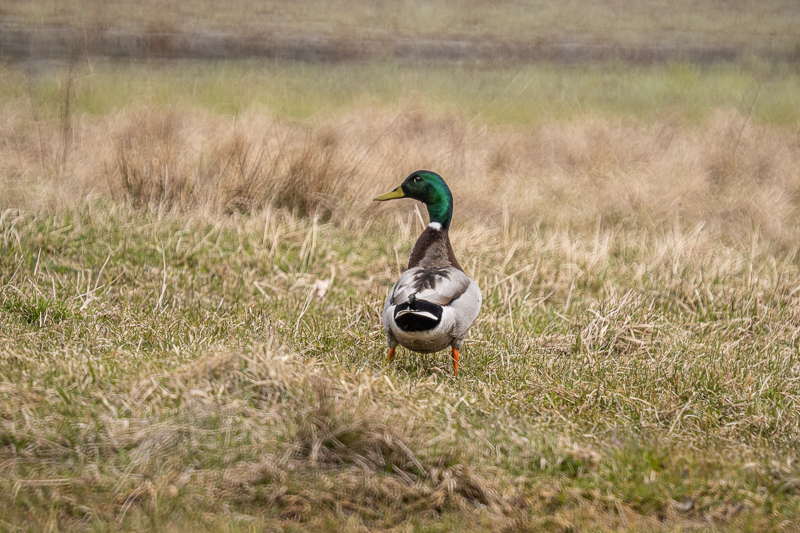
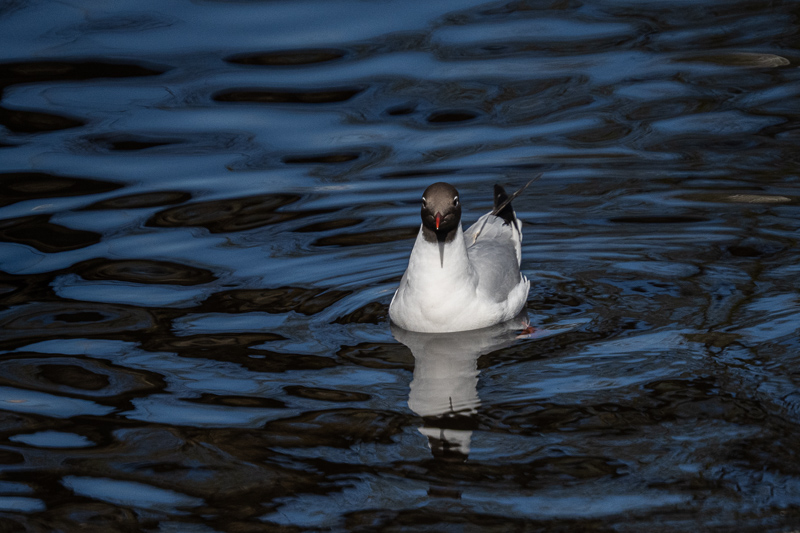
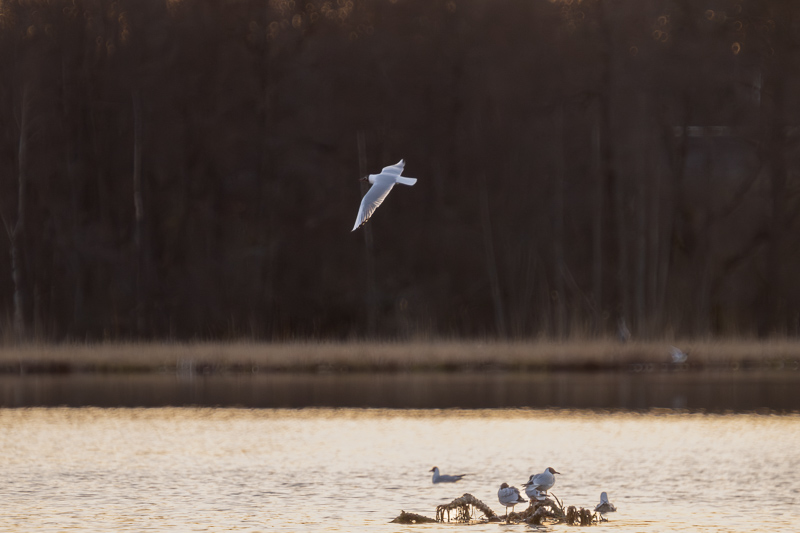
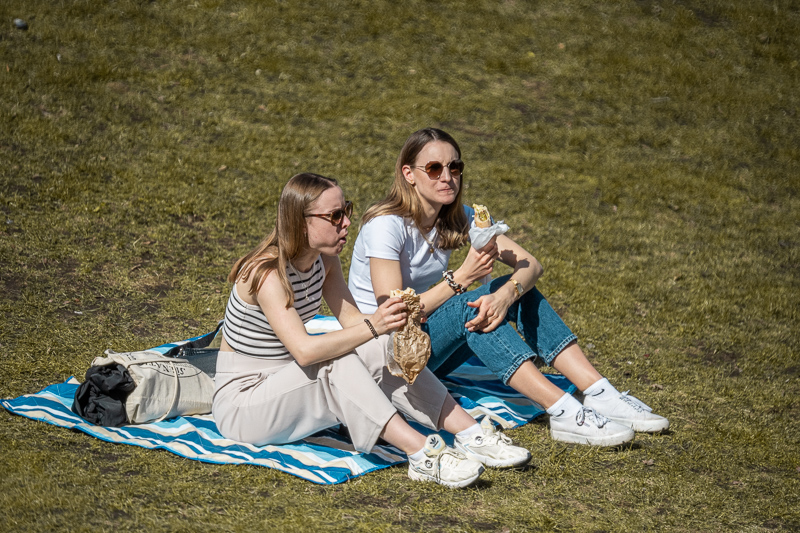

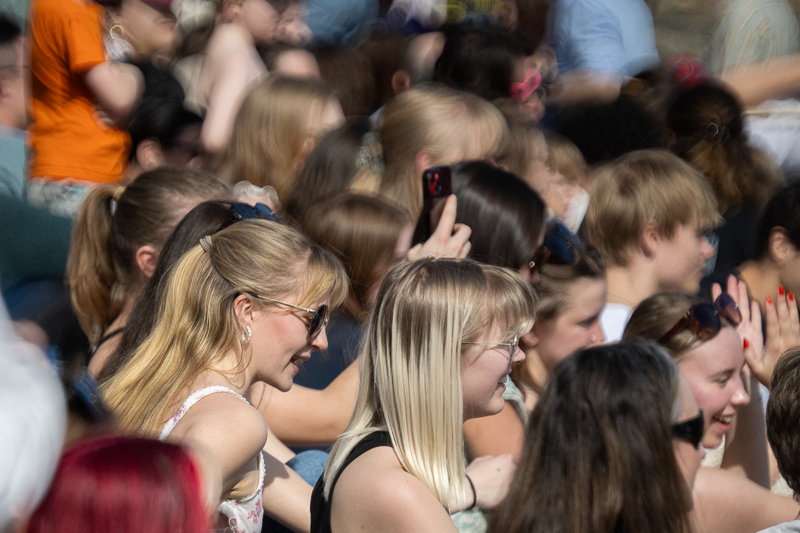
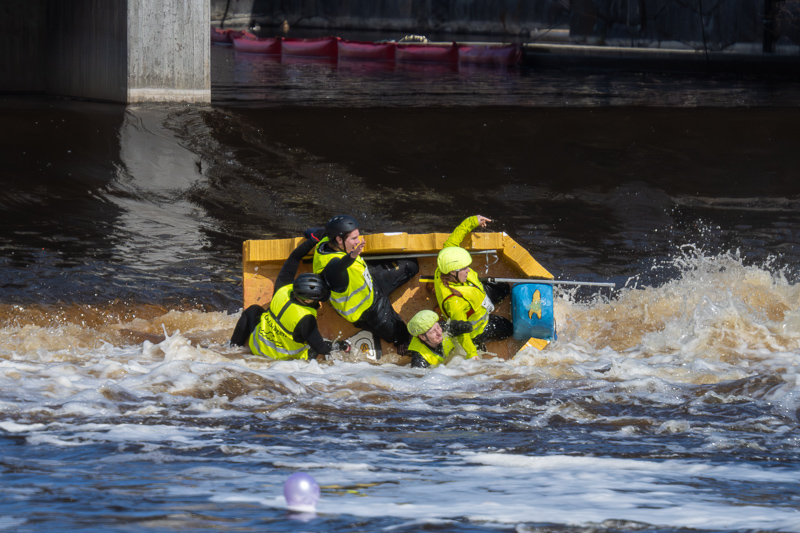
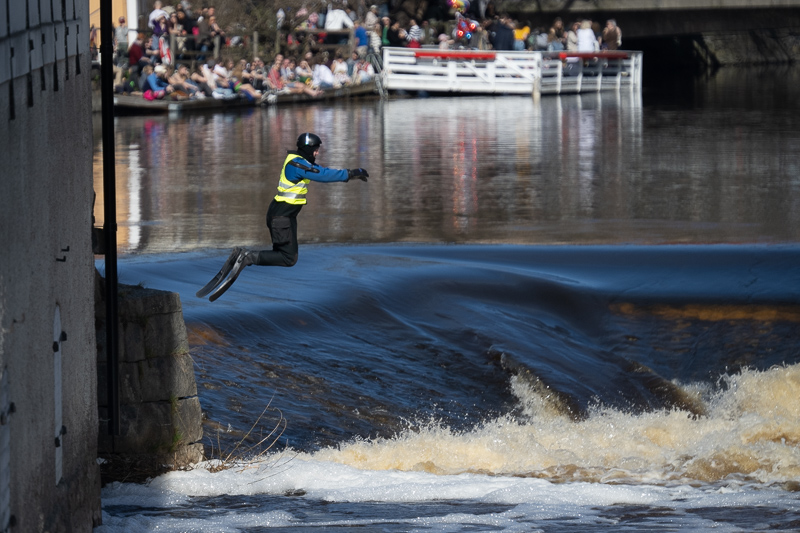
Most of the sample images in this review and many more can be found in higher resolution here.
Contents
Specifications
| Focal Length | 250mm |
| Angle of View | 10° |
| # of Aperture Blades | 0 |
| Max Aperture | F5.6 |
| Min Aperture | F5.6 |
| Min Focus Distance | 2 m |
| Filter Size | – |
| Lens Mount | M42 |
| Weight | 380 g |
| Size (D x L) | 72 x 65 mm |
| Elements/Group | 6/5 |
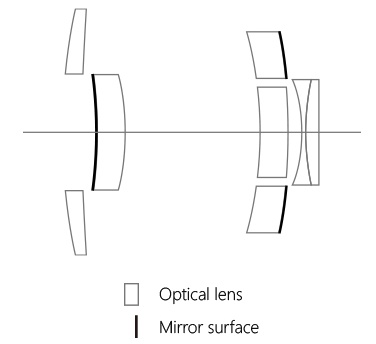
| Buy new: TTArtisan Store, Amazon, B&H for $298 (Affiliate links) |
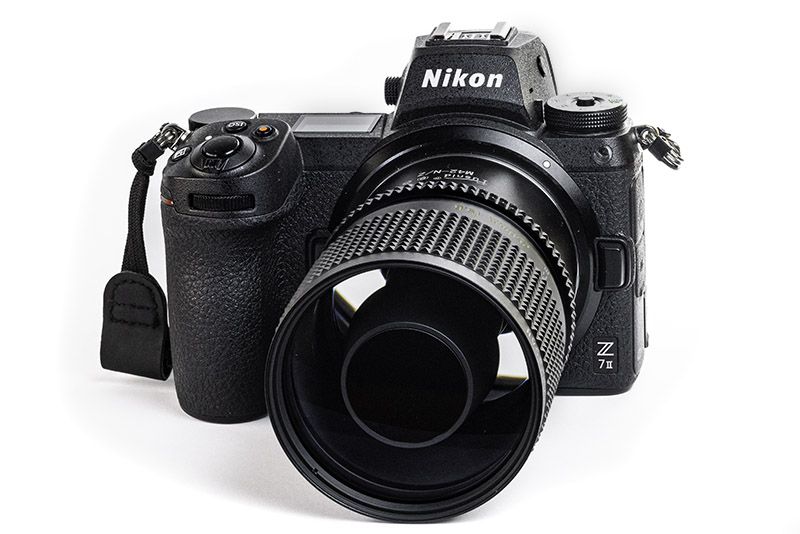
Disclosure
TTArtisan kindly provided this lens for test and review purposes.
Handling
There are two main reasons to manufacture a mirror lens, and these reasons also make them appealing compared to more traditional lenses. One advantage is their significantly reduced size and weight compared to traditional lenses with the same focal length, a point on which this TTArtisan 250/5.6 does not disappoint. For a 250mm fullframe lens, this TTArtisan lens is extremely light and compact. Here is a size comparison between TTArtisan 250/5.6 and Nikon AF-S 70-200/4 G.
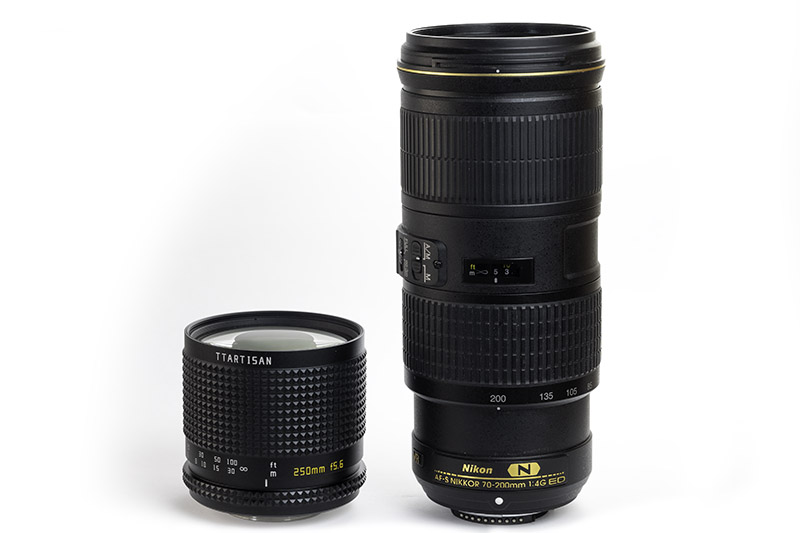
The other advantage is their much lower price compared to traditional lenses with the same focal length. This is mainly due to the fewer glass lens elements used in their construction. The TTArtisan 250/5.6 is a fully manual lens without any electrical contacts. It is constructed entirely of metal and glass. The manual focus ring, also made of metal, is large with pyramidal texture and comfortable to grip. It is very well damped and rotates about 190°. You can turn the focus ring significantly past the infinity mark. In my tests something that was about 200 m away was just very slightly past infinity marking on the ring, and there was still a lot space until the ring actually stopped turning. In other words, the infinity marking is very off. The package includes a small metal lens hood, which may not significantly reduce flare, but serves as good protection.
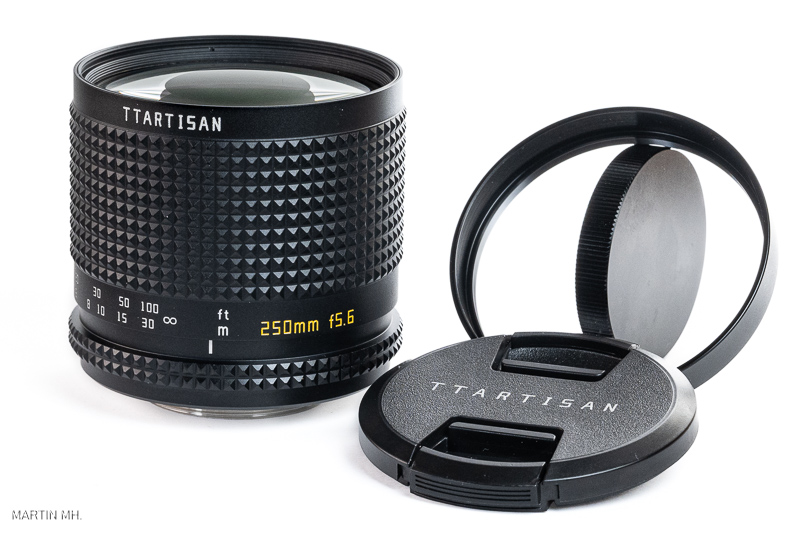
Given the lens hood’s small size, the compact size of the lens, and the fact that the front cap can be put both on the lens and the lens hood, you can leave it attached at all times. While the lens is incredibly small and compact for the focal length, due to its availability only in M42 screw mount, you’ll need a mount adapter to use it on modern digital cameras, which adds to the size of the lens on your camera. Due to the screw mount, and depending on the mount adapter used, the lens distance scale may not align perfectly on top. I’ve used adapters from two different manufacturers, and while the alignment varied between the two, neither of them aligned the lens perfectly with the distance indicator on top.
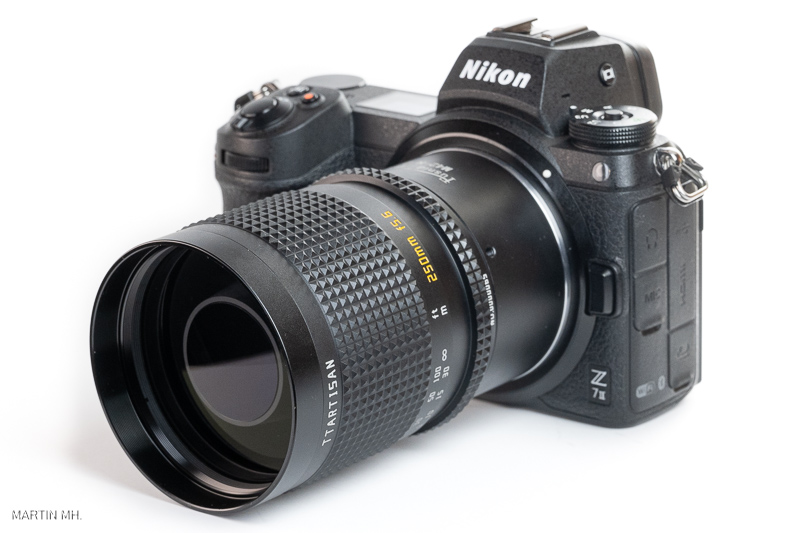
The lens seems and feels well built with a tight assembly. There is no weather sealing of any kind visible. There is no real aperture in the lens, as the aperture is fixed at f/5.6, hence no aperture ring on the lens either.
Optical Features
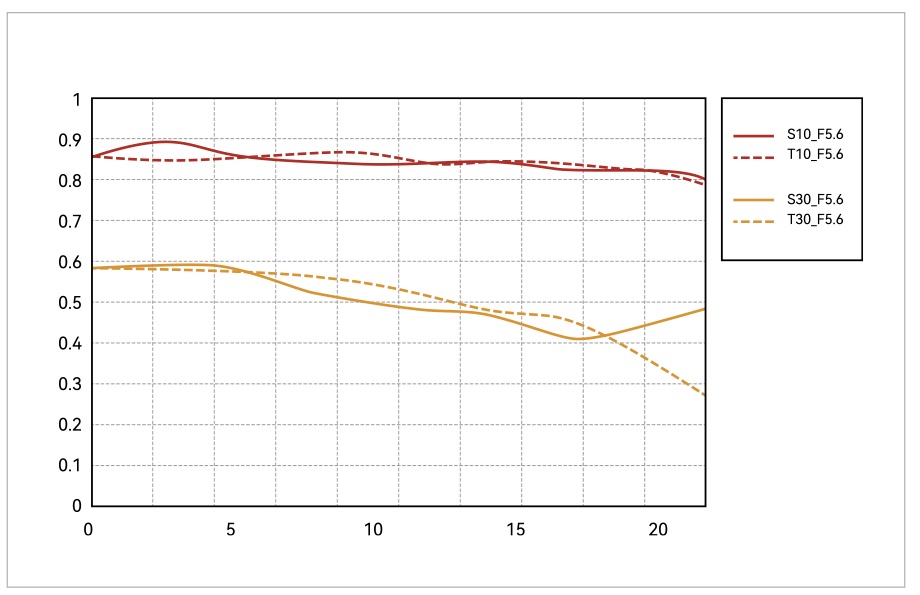
Sharpness (Infinity)
For this lens this is the main (and possibly only) sharpness area that is important. I took 2 test scenes, in the first one (the church), I took 3 different shots of the same round widow of the church, I just moved the camera to put the round widow in the right area of the frame. For the second test (the old building) i took one shot and cropped 3 different areas of interest.
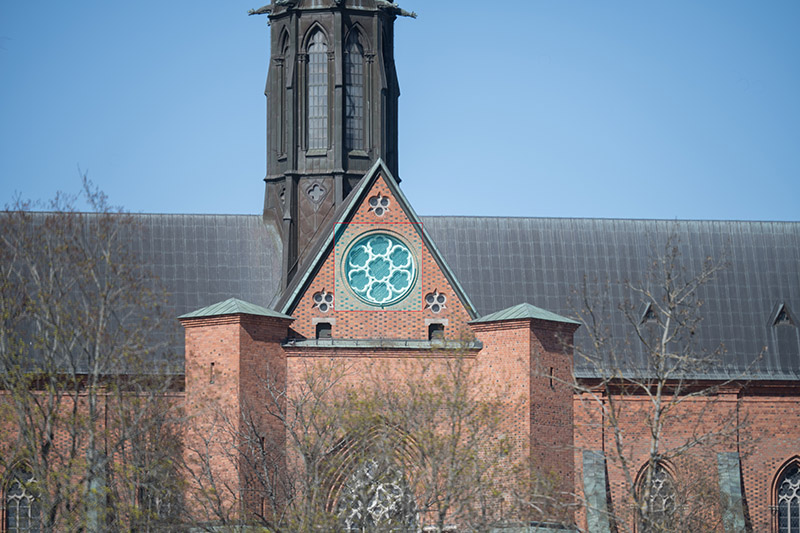

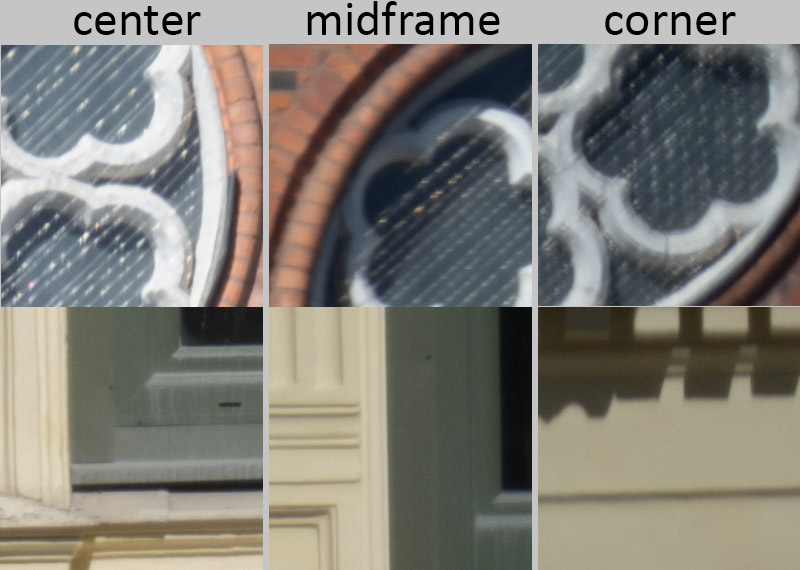
In the center of the image the sharpness is good on the verge of very good. The midframe sharpness is good, the corner is just OK. The contrast is very low over the whole frame. By adding a little contrast in post-processing you will get the optimal result.
Sharpness (Portrait)
Let’s look at the points of interest for portraits at the portrait distance: the very center, the center’s inner periphery (1/3 rule intersection), and the center’s outer periphery (1/4th intersection).


This is not a portrait lens, but for completeness I make this test too. The distance was about 5-5.5 m away from the subject. The center sharpness and the inner circle is good and the the outer circle sharpness is OK/good.
Sharpness (Close-up)
Not sure if anybody would use this lens for closeup photography, but for completeness I added this test and took a shot at my standard Dollar note. At MFD the sharpness is good but contrast is very low.
I have added the image as it comes out from the camera and the same image with added contrast to compare. I didn’t make any other adjustments to the raw image from the camera.
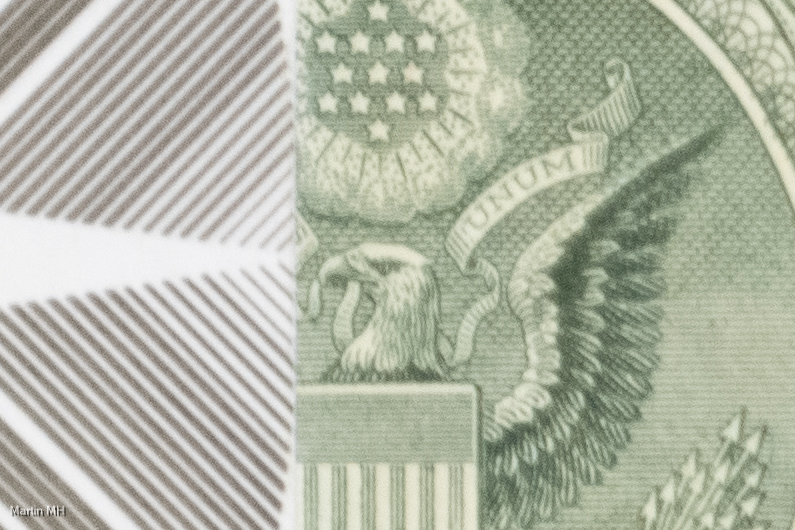

Vignetting
The vignetting is completely fine for this kind of lens.

- F/5.6: 1.7 EV
Focus Shift & Aberrations
Longitudinal chromatic aberrations is non-existent.
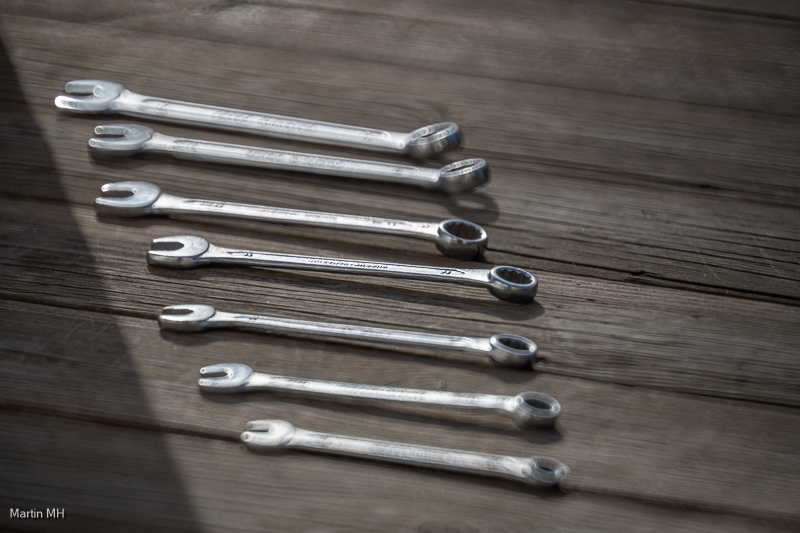

There is no lateral chromatic aberration visible either. Here is a 100% crop of an image corner.
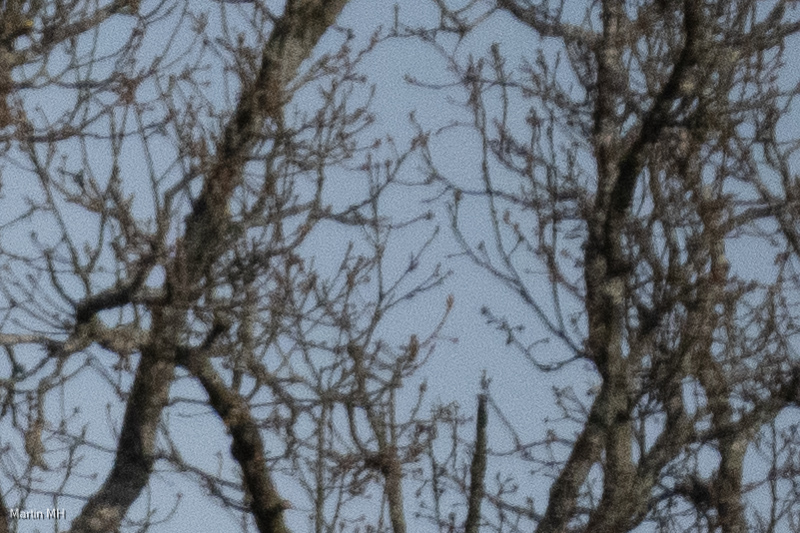
Flare Resistance
To begin with I did not have high expectations about this lens’s flare resistance. However, I didn’t anticipate significant flaring in real-world scenarios because the narrow angle of view limits the probability of sun in the frame. And in practice, that was the case indeed. Then, as always, I wanted to try and push the lens’s limits, to see how bad it can get. Despite my initial doubts, the lens displayed surprisingly good resistance to flare. Normally, you can make any lens look bad if you try hard, and I succeeded to get some flares in one or two situations after hard tries. In the following you can find the few situations when I got some flare under stress testing:

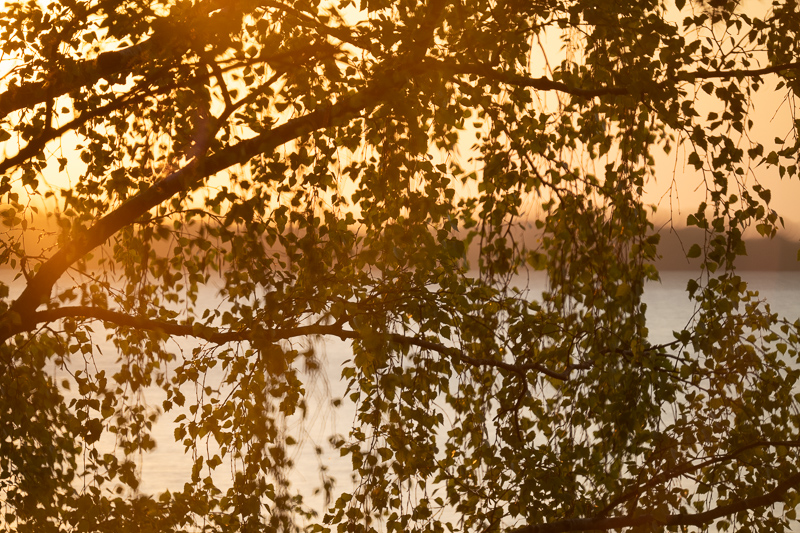
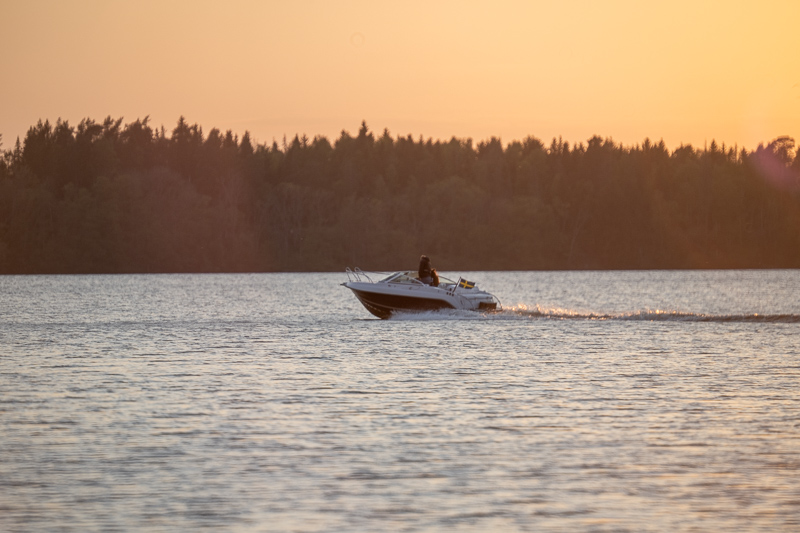
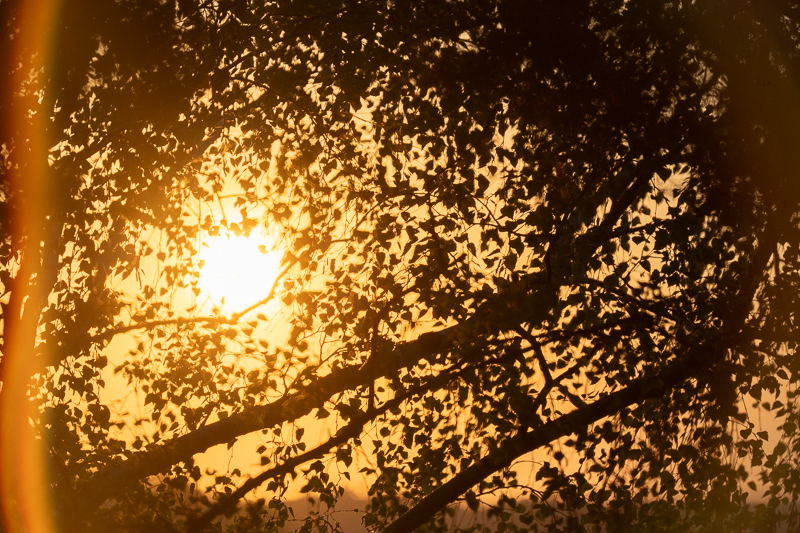
As you can see, only the last image shows devastating flare. While there is some flare visible in the first two images, it’s mild and can even contribute to the mood of the photos. In contrast, the lens performed excellently in the following challenging situations.
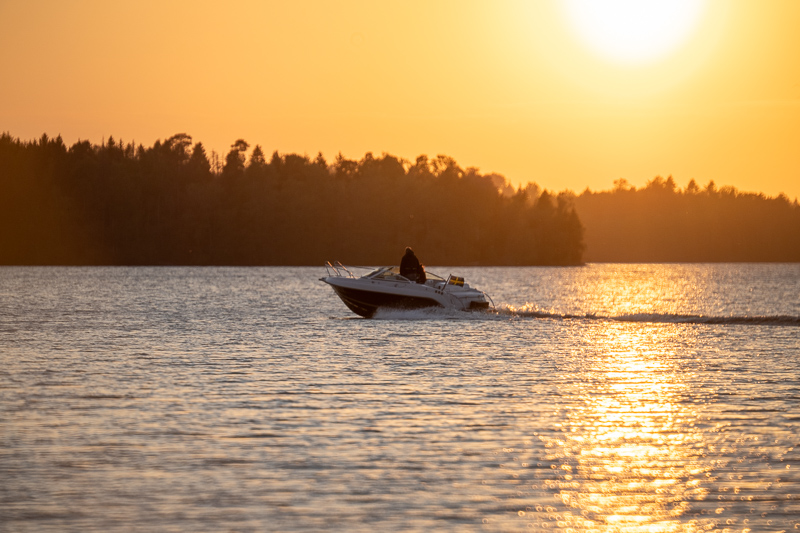
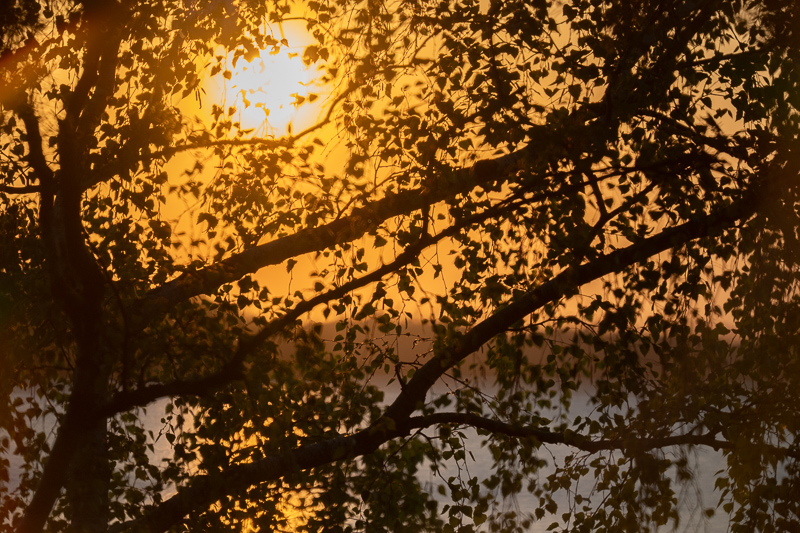
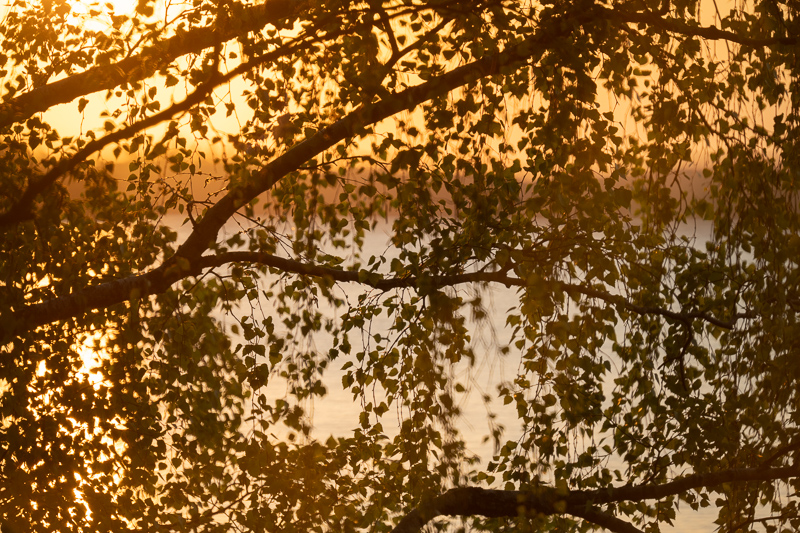
Bokeh
I’m not sure if we can talk about bokeh here, possibly the out of focus blur. There are no bokeh balls at all, but you can easily get bokeh rings or donuts. Look what it does to the lamp store when it is out of focus!


Here is another example of the bokeh rings.

Getting very smooth backgrounds with this lens is generally not easy. However, thanks to the long focal length, it is possible to achieve relatively smooth backgrounds
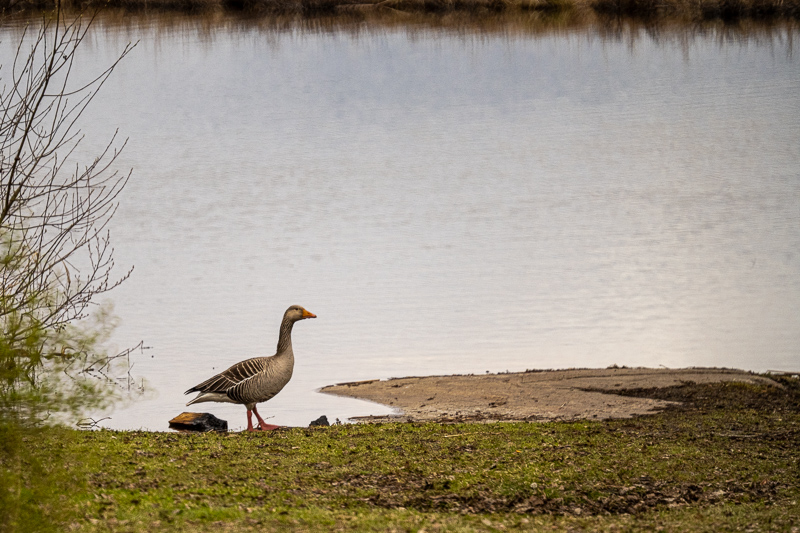


In most situations you get typical mirror lens busy background though, like in the following images.
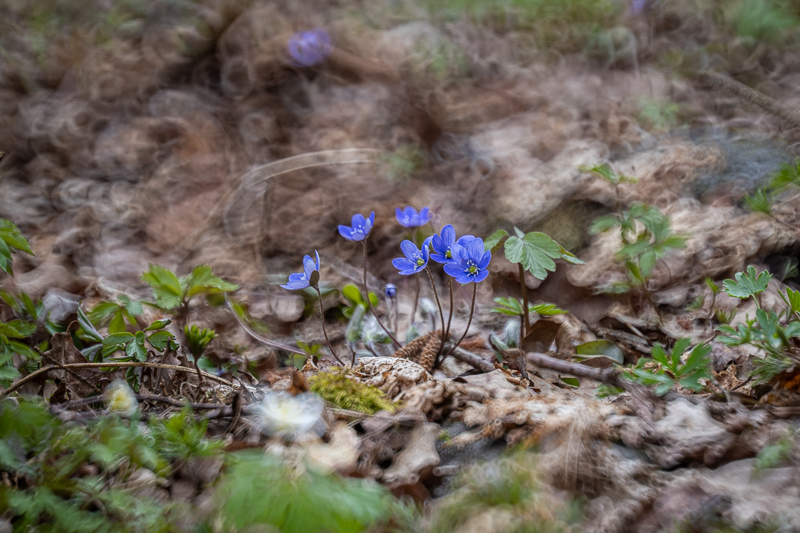
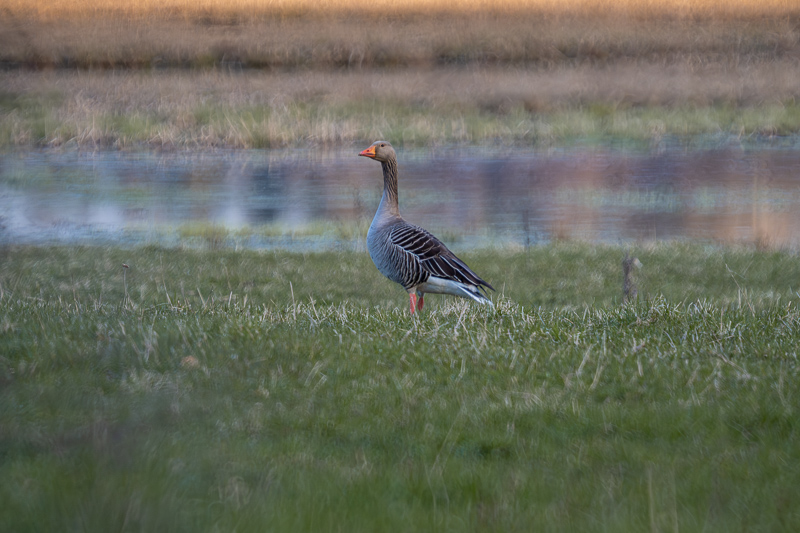
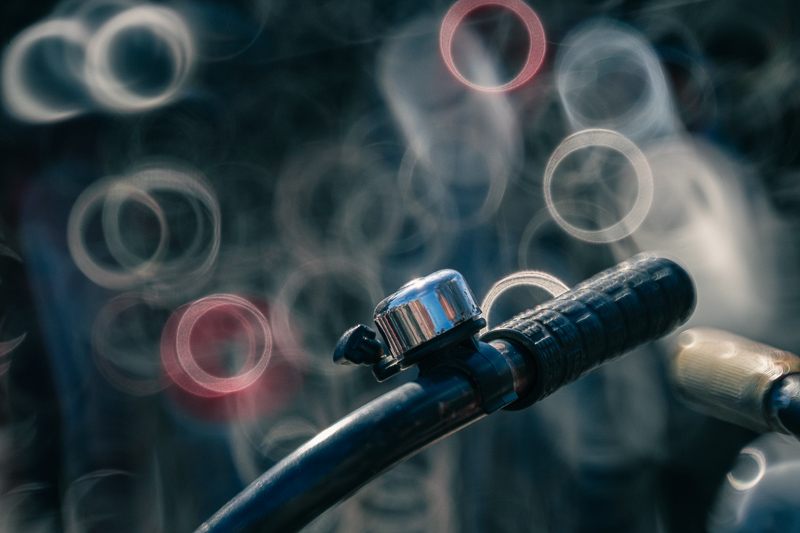
So, as always it is a matter of personal taste.
Conclusion
| I LIKE | AVERAGE | I DON’T LIKE |
| Price Size Weight Chromatic aberrations correction Center sharpness Flare resistance |
Across the frame sharpness Contrast |
Lack of AF Lack of Image Stabilisation |
This is among the smallest fullframe telephoto lenses you can get. There is not much competition around either, not under 400mm anyway. The sharpness in the center of the image is good and enough to get satisfactory sharp images in most situations. One of the biggest challenges for a telephoto lens is the motion blur caused by the camera shake though. Modern lenses have good image stabilisation that helps to reduce that a lot. The lack of this feature makes it a little hard to hand hold this lens when shooting, but it is exactly the same with the competitors. Lack of AF is another thing, as that would help in scenes with moving objects, again all mirror lenses are manual focus*. If you can cope with these two by using a tripod/monopod or have super steady hands/arms then this lens is a good choice.
* There has been one anomaly; the Minolta AF Reflex 500/8, which later was produced by Sony for A-mount. It has been the world’s only super telephoto reflex lens with auto-focus capability, it is no longer in production though.)
Writing articles like this one is both time-consuming and costs us a lot of money. If you found this article helpful and decided to buy one of these lenses, please consider using one of the affiliate links.
If you are not interested in buying any of the lenses, but you still found this article useful, interesting, or it saved you a lot of money, treat us to a coffee!
| Buy new: TTArtisan Store, Amazon, B&H for $298 (Affiliate links) |
Alternatives
400mm or longer lenses are not listed.
Kase 200mm f/5.6 MC
20% shorter focal length at 200 mm with a hefty price tag that costs double the price of the TTA. It is available in Nikon Z, Canon RF & EF, Sony E, and Fuji X mounts.
Buy new: Amazon, B&H, for $599 (Affiliate links)
Tokina SZ 300mm f/7.1 Pro
An APS-C only lens, 2/3 of a stop slower than the TTA. It has 20% longer focal length, which makes it equivalent to a 450mm lens on fullframe. Available in Canon EF-M, Fuji X, Sony E mounts.
Buy new: Amazon, B&H, for $249
Samyang/Rokinon Reflex 300mm f/6.3 ED UMC CS
An APS-C only lens, 1/3 of a stop slower than the TTA. It has 20% longer focal length, which makes it equivalent to a 450mm lens on fullframe. Canon EF-M, Fuj X, Sony E, M4/3
Buy new: Amazon, amazon.de, B&H, for $249-$279 (Affiliate links)
More Sample Images
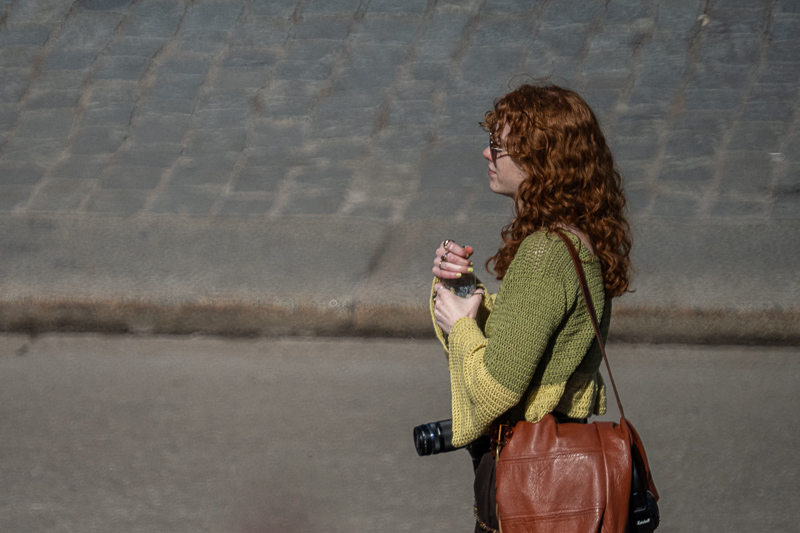
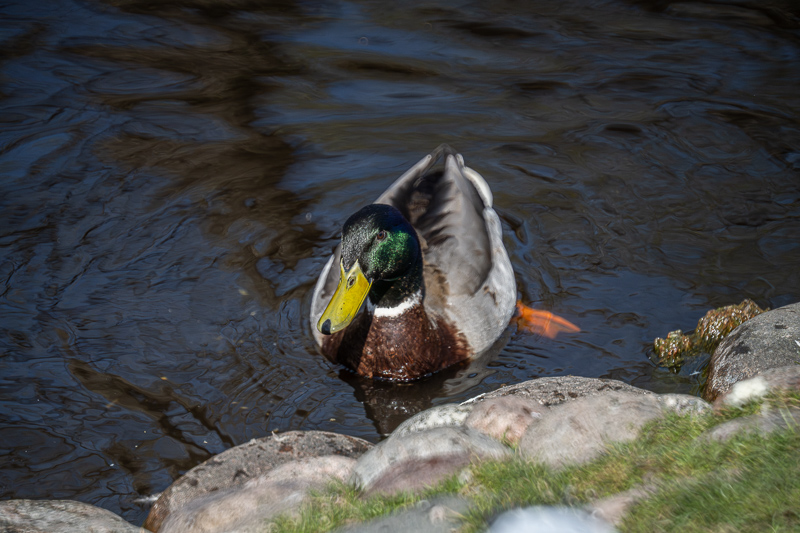
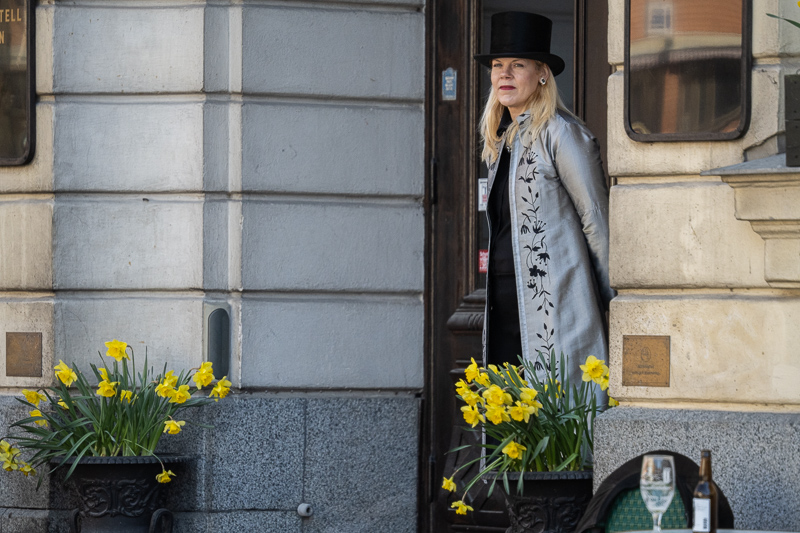
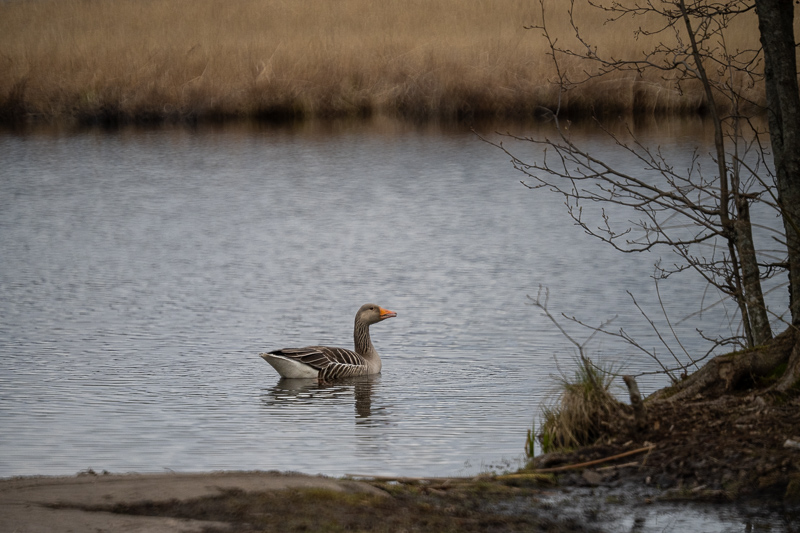
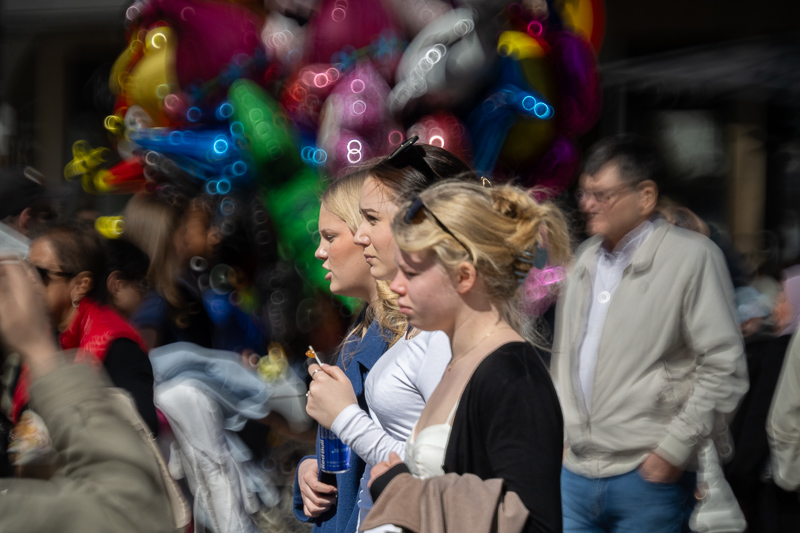
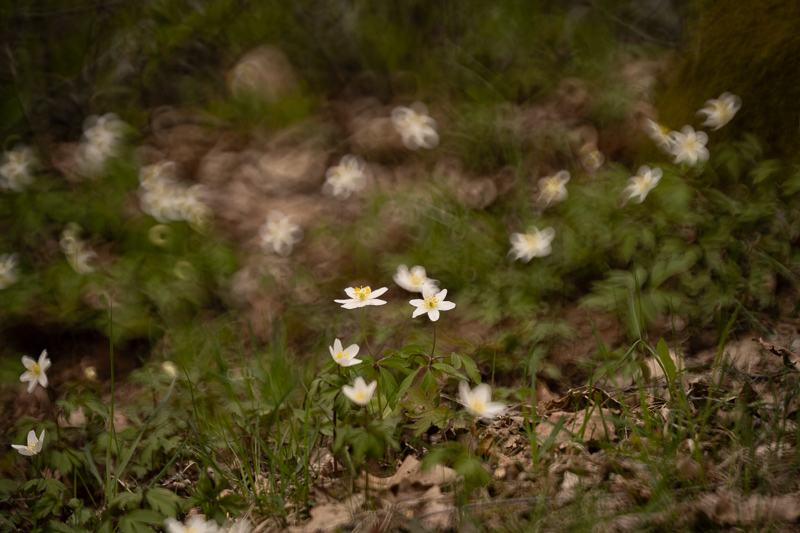

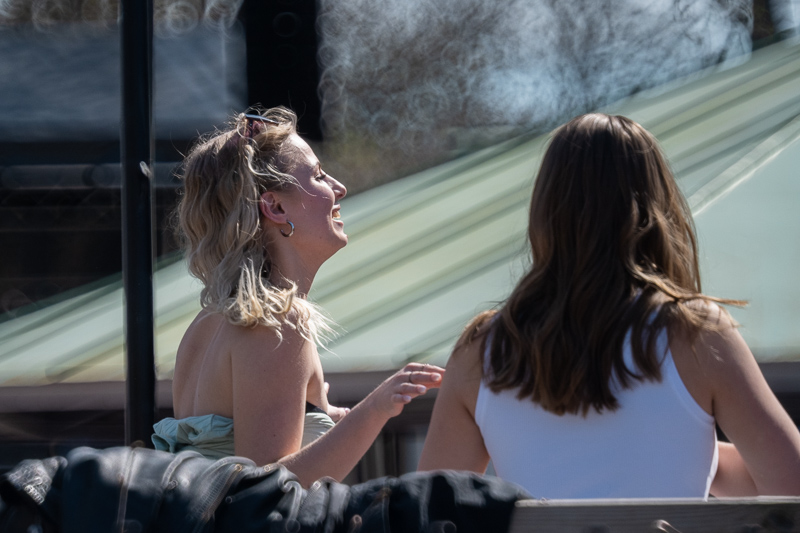
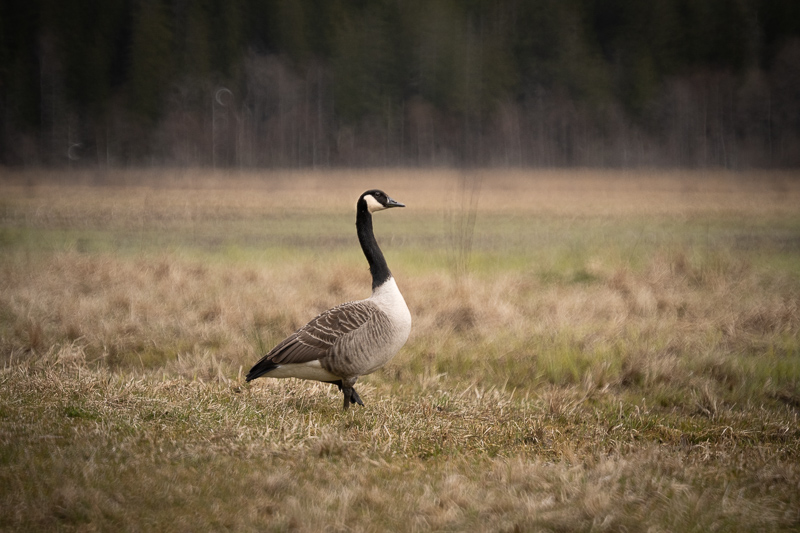

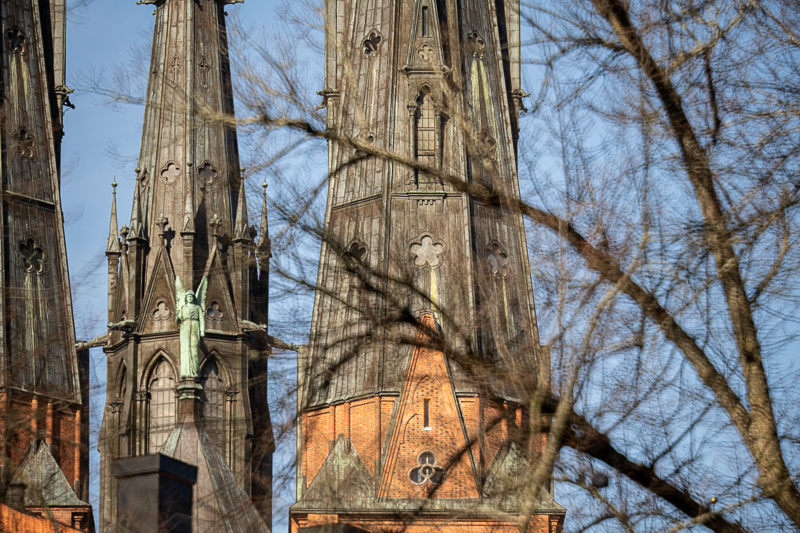

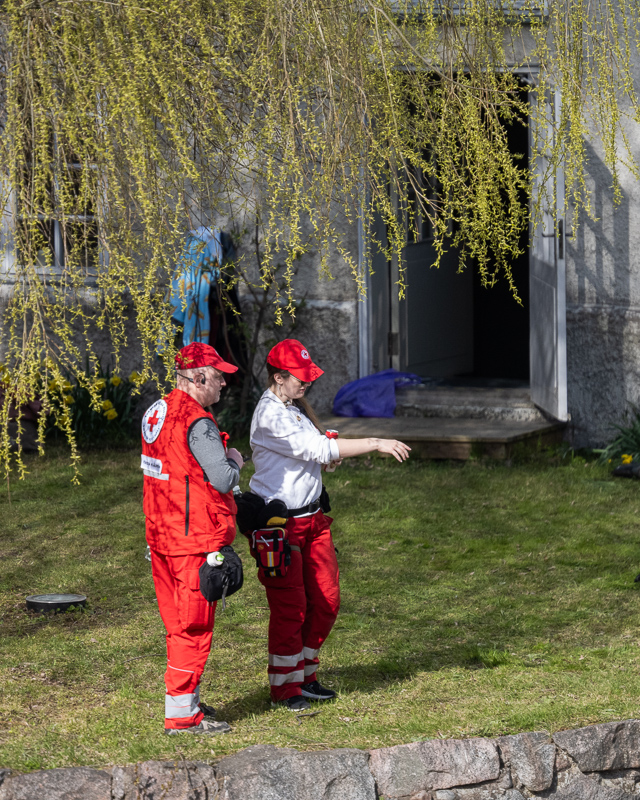
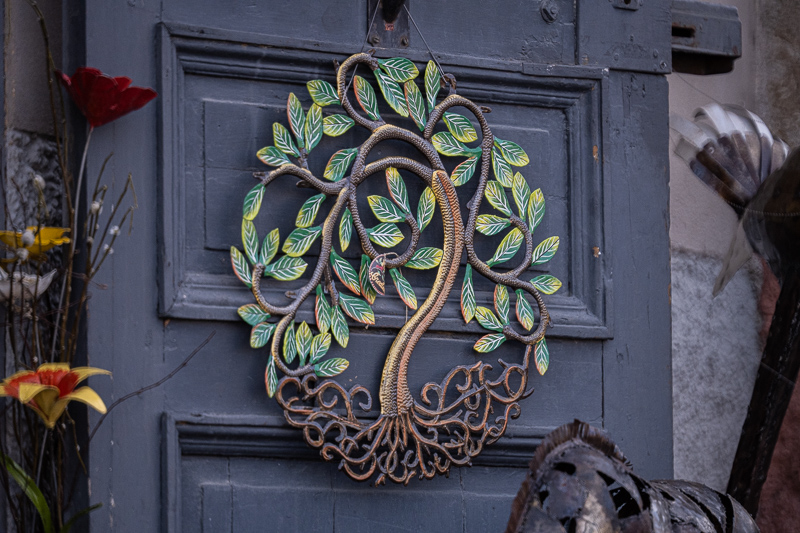
Most of the sample images in this review and many more can be found in higher resolution here.
Further Reading
- Review: TTArtisan 100mm f/2.8 Macro 2x TS – A Jack of All Trades
- Review: TTArtisan 100mm f/2.8 – A Modern and Affordable Trioplan?
- What camera gear and accessories do I use most frequently?
Support Us
Did you find this article useful or did you just like reading it? Treat us to a coffee to show your appreciation!
![]()

(Donations via Paypal or bank card)
This site contains affiliate links, for which I may receive a small commission if you purchase via the links at no additional cost to you. This helps support the creation of future content.
Martin
Latest posts by Martin (see all)
- Analogue Photography: Part 4 – Ilford HP5 Plus at a Historical Engine Factory - December 3, 2025
- REVIEW: 7Artisans AF 10mm f/2.8 (APS-C) - November 30, 2025
- REVIEW: 7Artisans AF 35mm f/1.8 - October 15, 2025
There was a minolta SR 250mm 5.6 cata just like this — way back
Thanks to completely deluded collectors that Minolta sells for $800-900 these days…
Sometimes they reach “only” around 300 eur on eBay. I didn’t want to offer as much either… As for 200-250mm mirror lenses, I see i.e. Minolta’s 200mm F4 lenses as a better alternative for my own needs.
To each his own, but shorter mirror lenses only make sense if they are cheap. When it comes to collectors, different laws of mental physics apply there. When it comes to opinions, I only care about what people who actually use their lenses have to say, and I’m willing to pay the prices they are willing to pay.
!!! – may have to sell mine which I got in 1980s for peanuts – no, maybe get it out of the cupboard & use it again – I love reading your reviews, but I still find my best shots taken with some very ordinary optics/sensors/films
If you enjoy it, keep doing it!
Rather odd that the Minolta 500mm f/8 currently goes for a lot less. It was much more expensive new back in the day.
Yes, from 1979, but that lens has been discontinued for a while and costs around $1000 in the used market. I do not consider it an alternative and do not recommend that one instead of this TTArtisan, as I hardly believe that lens offers any better image quality than this one.
The Minolta may be overpriced, but it has a well-deserved reputation as an extremely good mirror lens. This TTArtisan is clearly a knockoff of it both in optical design and styling (which I think is a good thing) so a comparison is in order. The Minolta has very strong contrast and good colors; there are very few mirror lenses that deliver good contrast and vivid colors like that. From what I can see of your sample images, the TTArtisan is not as contrasty. The Minolta is also quite sharp. I would hope that with modern glass and optical computations TTArtisan would be producing something much sharper. A good copy of the Samyang 300mm f6.3 out-resolves a 20MP Micro Four Thirds sensor, including at its minimum focus distance, due to the special glass used. Most people believe mirror lenses are limited in sharpness and contrast due to their design, but it’s simply not true; they can be incredibly sharp and the diffraction-induced limitation on contrast is actually very small. Most mirror lenses just aren’t designed and made well and that’s the fundamental problem. The Minolta 250mm is an exception, and again so is the Samyang, if you get a good copy which I know is hard to find (it’s designed well but made with high copy variation). There are lots of others. I have nearly a thousand mirror lenses myself so I know what I’m talking about 🙂 Also of interest to this audience, see https://retrofocal.com/articles/improving-mirror-lens-image-quality/
Really? 1000 mirror lenses? Are you a mirror lens collector? How many different mirror lenses have been produced during the history of photographic lenses? Anyway, I have seen images taken by that Minolta 250mm, depending on the circumstances they can be contrasty and look sharp, as some of the pictures from this TTA, but mostly the Minolta has also weak contrast and is bad at close distances, not better than this TTA. I added two extra images to the end of the review where there is good contrast in the image, and I did not in any ways enhanced them. You can get much better contrast if you add a little in Lightroom.
I own two copies of the Minolta, both razor sharp and I have used other copies; all are extremely consistent. Minolta’s quality control and manufacturing tolerances were extremely precise, essentially perfect. I now own one copy of this TTArtisan and it’s garbage in comparison. Absolute garbage. It is decentered, there is field curvature and field tilt, and there is nothing sharp anywhere as a result (decentering and tilting causes horrible coma and astigmatism in catadioptrics). Contrast is a pleasant surprise, pretty good and much better than most mirror lenses still in production like the horrible Tokinas, but not better than the Minolta 250, Mirotar, Canon 500, 3M-5CA, or other good vintage ones. (Examine how Minolta baffled their barrel. It makes a difference.) TTArtisan needs much better QC, making mirror lenses is not for the faint of heart because extremely small variations in the optics destroys image quality much worse than refractive lenses; I’m sure they know that. Yes, I am a collector, but more so a user, there are not many weeks that pass that I don’t do at least two days of photography with mirror lenses (mostly birding, hand held) and I have spent many hours and taken thousands of photos with most of them. You get to know them very well after this many years with them. There are a small handful I don’t own. Due to copy variation and trying to get luckily good copies of some lenses that are inconsistent, I have ~50 or more of copies of some kinds.
I think the TTArtisan’s optical design is likely extremely good and it’s a matter of getting one that is made perfectly, which is just luck. If you want a good copy, maybe buy 10 and return the worst 9. Unless all 10 are lemons. Or just buy a Minolta and save the hassle. I mean, look at me, I have dozens of some lenses and never found a good copy of them yet, but the only two Minolta 250s I bought are perfect and that is also true of my mirror-lens friends (we are a strange group). I’m irrational in the way I go about it, but I am proof that some lenses are not rational purchases, and depending on how bad TTArtisan’s copy variation is… 10 might not be enough. (I generally love the other lenses I have bought from them.) By the way I agree with another commenter, your copy is flawed too although better than mine. For a better test, take focused and slightly defocused (both directions) shots of a tiny bright round ball, like the ball from a pen, in bright sunlight, at a distance where the reflection of the sun in the ball is only about 1-2 pixels wide on your camera’s sensor. You will learn a lot from doing this, I promise. Amateur telescope makers have used this test for as long as they have been making scopes!
Amazing article!
Agree
Hola. Exácto el Minolta Rokkor 250/5,6 es muy superior.
Yes, I purchased mine in 1984. For $90 I think.
An interesting lens – its extremely low size and weight make possible the AF operation on Techart LM-EA9 (or TZM-02 in your case). Although the limited focus range will require constant manual adjustments at such a big focal length.
When you moved the camera to place the church window in the desired part of the frame, did you refocus every time? Or did you focus once in the center, and leave it at that setting for the other shots? For this type of lens, that is important to know because the depth of field is quite thin even at infinity. Also, something I always think with reviews like this, it really isn’t very meaningful to pick just one corner and show a crop from it. You should take four corner crops and paste them together to show if the corners are evenly sharp. Most lenses have decentered or tilted elements so you could randomly be showing a good corner, typical corner, or bad corner — and there is no way to know. A single sample from a single corner isn’t representative. See Bastian’s article here, https://phillipreeve.net/blog/how-to-check-how-decentered-your-lens-is/ however again I would note that for a lens like this one being reviewed, you need to focus in a corner, not in the center, for this test.
I refocused for every shot.
We always check the lenses for decentering before we start testing the lens. Is it decentred we either get another one or mention it and show it by pictures in the review.
This lens is obviously decentred that we can see coma very clearly in the center.
Where did you see coma in the center?
YOUR Sharpness (Infinity) Chapter
It is very obvious that the dot highlight in the center is not symmetrical
I have uploaded an image taken when it was dark with lamp very far away in the center plus 100% crop of the center with the lamp.
I put the where I normally upload review images with larger resolution.
They are the last two images at the following address. I took the image just to see if there is something wrong there. Have a look at
https://images.stockholm360.net/ttartisan-250mm-f-5-6-reflex/
Hello Martin, a very nice review. Unfortunately, the bokeh is very harsh and doesn’t fit in with today’s viewing habits. I can recommend the Tamron 70-300 4.5-6.3 as a light travel telephoto. The bokeh is much better here, also contrast and sharpness. If you are working with 250 mm, you should stop down to f/8 or even f/11 anyway to get a usable depth of field. For the price of EUR 298 at the TTartisan store or EUR 369 at Amazon, you can find a used Tamron with a bit of luck.
Thanks Erik.
As I try to always mention it in all of my reviews bokeh is a matter of personal taste. While I may agree with you about modern trends, I cannot rule one out in favor of the other just based on my taste.
Who buy these lenses for bokeh, maybe for astrophoto given the lack of CA, how is the coma btw? it might have a market for astrophoto, like their 500mm that had good coma control.
I did not test it for coma as I didn’t think it would be used for astro.
I can make a shot to check that. I did one but put the small light source far far away in the center of the image.
You can see it at
https://images.stockholm360.net/ttartisan-250mm-f-5-6-reflex/
the last two images, the whole image and a 100% crop from the center
Looking at that lamp i even see what seems to be diffraction rings that (when out of focus) indicate, togheter with airy disk, the collimation of the mirror. No problems here but who knows what stars will look like especially in the corners.
I have to say that lenses like this and the 500mm maybe not be the best choice, but when on a budget or when taking astro challenges they can have a market. A simple proof are the comments under nebula photos video that reviewed coma control on the 500
Hi Martin,
thank you for this very informative review. I owned the RF Rokkor 5,6/250 many, many years ago. This was one of the better mirror lenses. Since then I temporarly owned mirror lenses from Sigma (400, 600mm), Vivitar (600mm), Tokina, Tamron (500mm), but they all where not very good, concerning sharpness, contrast and resolution. In the meantime I “only” own the Carl Zeiss Jena 5.6/1000mm, and the MC Rubinar 4.5/300mm. I think you can´t expect a mirror lenses beeing as sharp and contrasty as good non-mirror lenses.
But I like what the little TTArtisan is able to do. It shows zero CA´s and seems not to be very prone against backlight. So this lens could be very welcome for hiking tours in the mountains, where every gramm counts…
Best regards, Christian
Many thanks for the info Christian. Yes, you cannot compare its sharpness, contrast, or resolution with good non-mirror lenses, but they are much more expensive, larger, and heavier. I also agree that for the size and price, the TTA is a decent alternative.
I really hope you can also review the Tokina SZ 500MM F8 lens. Also, I wonder if this type of reflective lens can use an autofocus adapter ring such as LM-EA9?
真希望您也能評測Tokina SZ 500MM F8這顆鏡頭,另外不知道這類反射是鏡頭能否使用LM-EA9之類的自動對焦轉接環?
You can use it with LM-EA9 but it is not practical as you have to always manual focus to get the the image almost sharp and then click the shutter halfway to do the final focusing, for every shot.
I can imagine it can be usable in one situation, where e.g. you want to take pictures of say a bird sitting somewhere and you want to take more than one picture. As long the bird does not change place and just move its head, you can have the focus point on the birds eye and let the adapter do the fine adjustment of the the small head movements of the bird
Can you compare it with the NiSi?
Yes, if someone loans the NiSi to me or I get it other ways, but it does not look like it soon.
I do not totally agree about needing a tripod, unless there is insufficient lighting. I own the Minolta MD equivalent and have successfully taken numerous handheld shots. Even framed one of my best.
This is one of my favorites for candid shots. It is a much less conspicuous telephoto than most in its category. Doesn’t look like a telephoto at all to the untrained eye.
Pour la monture mal orientée qui ne permet pas de voir l’échelle de distance, il existe de adaptateur muni de 3 vis que l ‘on dessere légèrement on oriente la partie m42 et l’on ressere dans la bonne position.
Si l’adaptateur ne dispose pas de cette possibilité il faut en racheter un autre ou penser que cela n’a pas d’importance on ne fait jamais la mise au point avec l’echelle de distance sur un 250mm on utilise la visée.